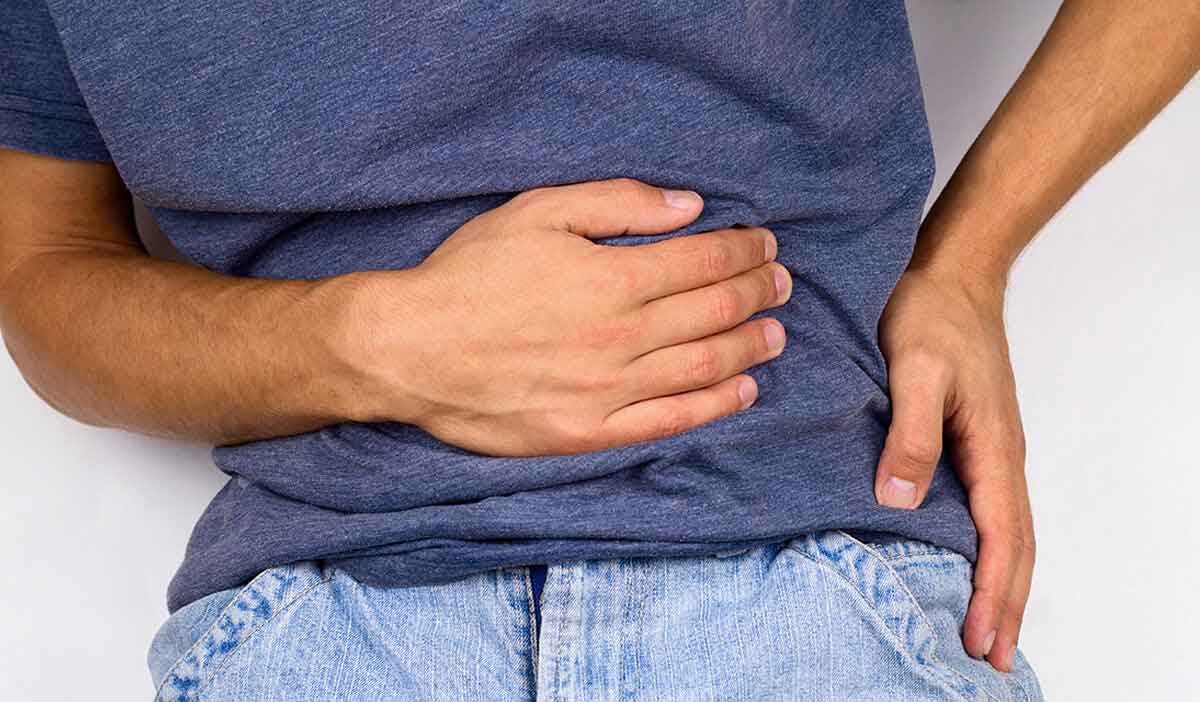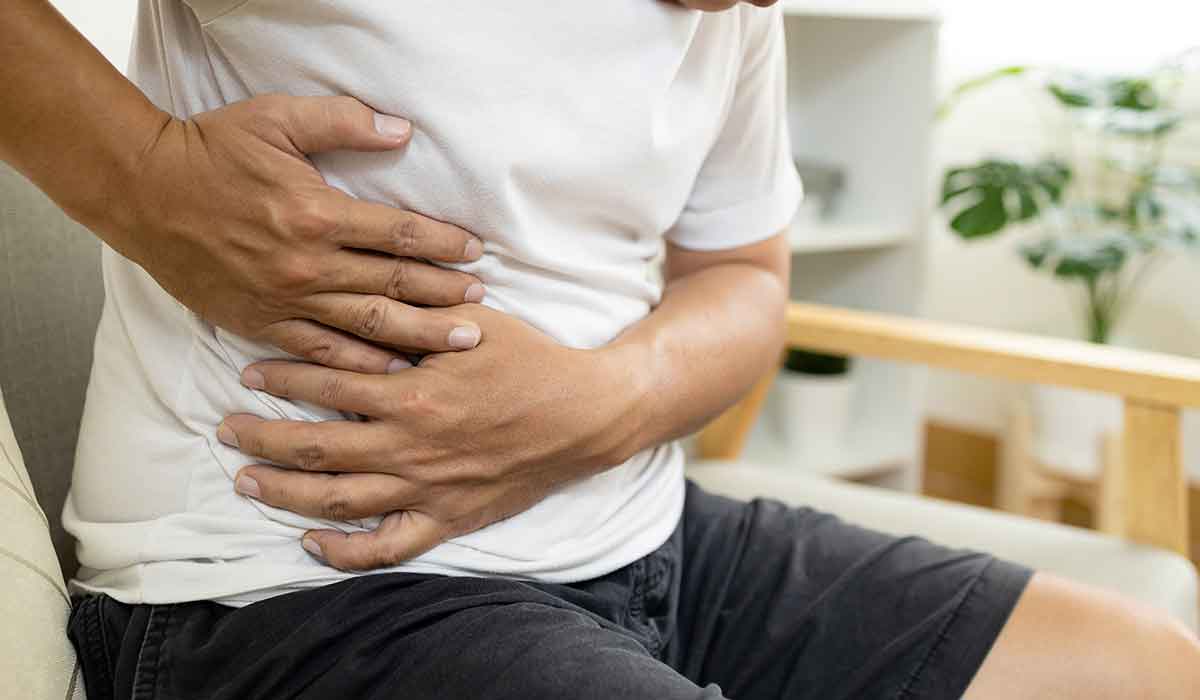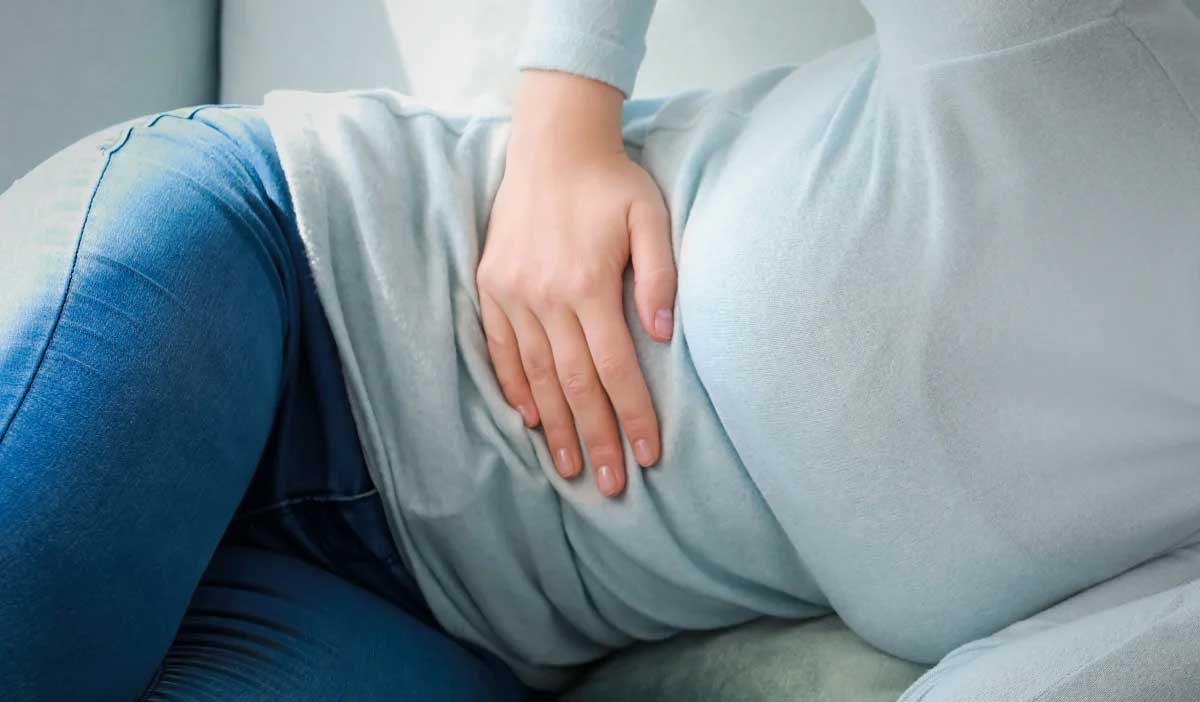If you haven’t experienced them for yourself, you’ve probably at least heard of gallstones. You may even know someone who has had their gallbladder removed. But the overarching topic of gallbladder disease can be a confusing one, as it refers to a number of different conditions affecting the gallbladder.
In this blog article, we’ll break down the main conditions that fall into the category of gallbladder disease. We’ll discuss the risk factors and symptoms, and dive into when surgery is necessary—and what to expect if you need it.

What is gallbladder disease?
People sometimes confuse the gallbladder with the appendix, but there is a big difference between the two. Unlike the appendix, the gallbladder is actually a functional organ.
The gallbladder is a sac located under the liver. It has the important job of acting as a reservoir for the bile that is used to break up fats during food digestion. It also drains waste products from the liver into the small intestine.
The different types of gallbladder disease include:
- Cholecystitis (inflammation)
- Gallstones
- Chronic acalculous gallbladder disease
- Gangrene or abscesses
- Growths of tissue in the gallbladder
- Congenital defects of the gallbladder
- Sclerosing cholangitis
- Tumors of the gallbladder and bile ducts
Symptoms and complications of gallbladder disease
Gallbladder disease primarily involves gallstones and inflammation, which can lead to the gallbladder becoming scarred and stiff.
Common symptoms of chronic gallbladder disease include:
- Gas
- Nausea
- Abdominal discomfort after eating
- Persistent diarrhea
The complications of gallbladder disease may include:
- Ascending cholangitis (infection of the common bile duct)
- Pancreatitis (inflammation of the pancreas)
- Gangrene of the gallbladder
- Bowel obstruction from a gallstone
What are gallstones?
Regardless of how it presents or what symptoms you experience, gallbladder disease results mainly from the presence of gallstones. Gallstones are formed when the bile that is stored in the gallbladder—along with cholesterol—hardens into small pieces of stone-like material.
Gallstones block the flow of bile in the gallbladder, causing inflammation and discomfort, among other troublesome symptoms. Gallstones can be as small as a grain of sand or as big as a golf ball. You could have one stone or multiple stones at any given time.
Who is most at risk for gallstones?
According to the American College of Gastroenterology, women are at a higher risk for developing gallbladder disease, with up to 20% of American women experiencing gallstones by age 60.
Women between the ages of 20 and 60 are three times more likely to develop gallstones than men. This makes women more at risk for gallbladder disease and the complications associated with it.
Additional risk factors for the development of gallstones in women include:
- Multiple pregnancies
- Family history of gallstones
- Hispanic or American Indian heritage
- Obesity
- Rapid weight loss
Symptoms of a gallbladder attack
About 80% of people with gallstones will have no symptoms, and therefore, require no treatment. For others, an attack from gallbladder disease will begin suddenly, usually after eating a fatty meal.
Common symptoms of a gallbladder attack include:
- Sudden, sharp pain in the upper abdomen that lasts from 30 minutes to several hours
- Pain between the shoulder blades or under the right shoulder
- Nausea and/or vomiting
- Diarrhea
- Fever and/or chills
- Jaundice (yellowish color to your skin or the whites of your eyes)
- Dark urine and light-colored stool
When does a gallbladder need to be removed?
The surgical procedure to remove the gallbladder is called a cholecystectomy and is the most common way to treat gallbladder disease and gallstones. Gallbladder surgery is so common in fact, that it accounts for 75% of all surgical procedures in the U.S.
While the gallbladder is a functional organ, people can live a normal life without one. Without a gallbladder, bile can no longer be stored, so there will be a constant drip during the digestive process.
Every patient’s digestive system is different, but many find it beneficial to go on a low-fat diet after having their gallbladder removed. Some may need to avoid fatty foods completely, while others won’t have any problems eating the same way they did prior to surgery.
What to expect with gallbladder surgery
Surgery to treat gallbladder disease with the removal of the gallbladder is typically done laparoscopically. This means the procedure is minimally invasive, with less pain and significantly less risk for infection than with major abdominal surgery.
During the procedure, the surgeon will make several tiny incisions in the abdomen and insert a miniature camera. The camera sends a magnified video image to a monitor, giving the surgeon a close-up view of the organs and tissues.
The surgeon then inserts tools to carefully separate the gallbladder from the liver, ducts, and other structures. The cystic duct is cut and the gallbladder removed.
The surgeon also examines the bile ducts and removes any stones they find. The ducts are left in place, so the liver can continue to secrete bile into the intestine during digestion.
The procedure to treat gallbladder disease with the removal of the gallbladder has about a 95% success rate. Recovery after surgery typically requires only a few days of rest and restricted activity at home.
Specialists in gallbladder disease
The team at Logansport Memorial Hospital is here to help you understand your options to treat gallbladder disease. Our new general surgeon, Dr. Lindsey Fleshman, specializes in gallbladder removal and is currently accepting new patients.
Get the personalized care you need from an award-winning team you can trust.
You might also like:




